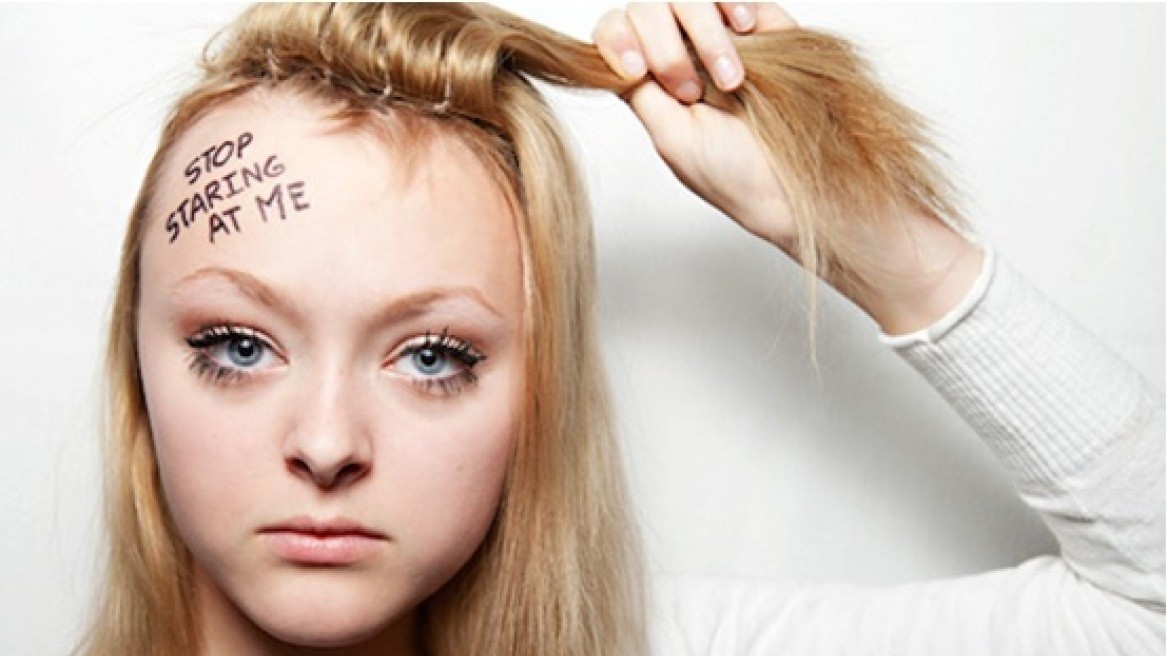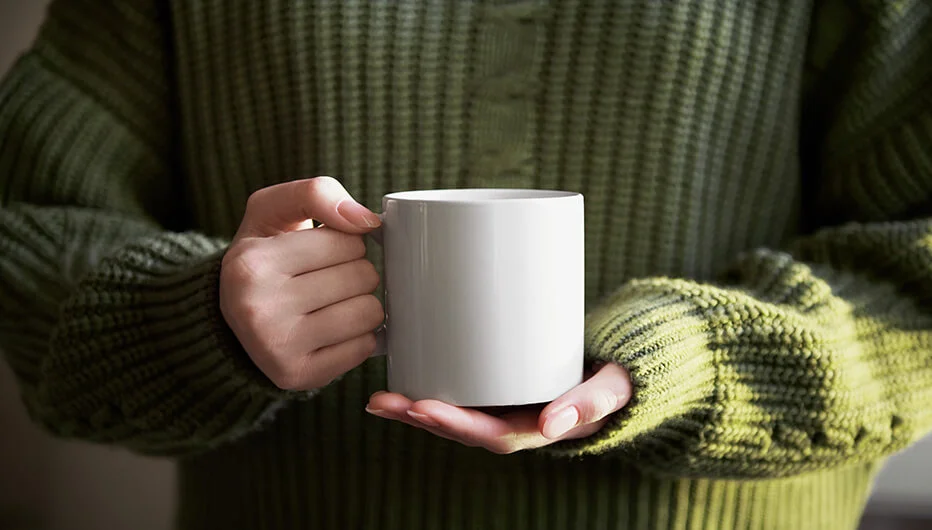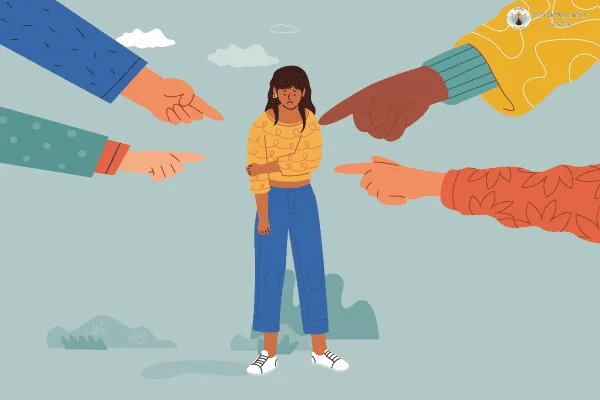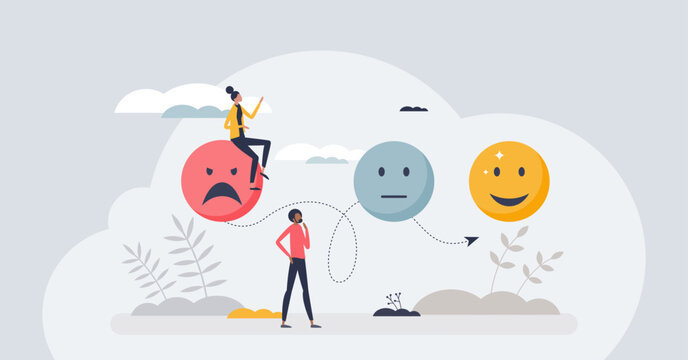
Hair pulling disorder, medically known as trichotillomania, is a compulsive condition where individuals feel an uncontrollable urge to pull out their hair. This behavior can cause distress and visible hair loss, impacting self-esteem and daily life. Understanding hair pulling disorder treatment is essential for those affected to regain control and improve quality of life.
What Is Hair Pulling Disorder?
Hair pulling disorder is classified as an obsessive-compulsive related condition. People affected experience repetitive hair pulling from areas such as the scalp, eyebrows, eyelashes, or other body parts. This behavior often emerges as a way to cope with anxiety, stress, or boredom, providing temporary relief but leading to longer-term emotional and physical consequences.
Causes Behind Hair Pulling Disorder
The causes of hair pulling disorder are complex and multifaceted. Some key contributors include:
-
Genetic Factors: There is evidence suggesting a hereditary predisposition for this condition. Family members with similar compulsive behaviors can increase risk.
-
Neurochemical Imbalances: Changes in brain chemicals like serotonin and dopamine may influence impulse control and reward pathways.
-
Stress and Emotional Triggers: High stress, trauma, or anxiety often precede episodes of hair pulling.
-
Coexisting Mental Health Issues: Conditions such as anxiety disorders, depression, or obsessive-compulsive disorder (OCD) frequently co-occur with hair pulling disorder.
Recognizing Symptoms
Symptoms of hair pulling disorder can vary but typically include:
-
Frequent, repetitive hair pulling resulting in thinning or bald patches.
-
A rising tension or urge before pulling hair and a sense of relief afterward.
-
Attempts to resist the urge that are often unsuccessful.
-
Feelings of shame or embarrassment about the hair loss.
-
Associated behaviors like biting or playing with the pulled hair.
Hair Pulling Disorder Treatment: What Works?
Effective hair pulling disorder treatment usually involves a combination of psychological interventions and, in some cases, medications.
1. Behavioral Therapies
The most widely recommended hair pulling disorder treatment is Cognitive Behavioral Therapy (CBT), especially a technique called Habit Reversal Training (HRT). This method helps patients:
-
Identify triggers that lead to hair pulling.
-
Develop competing responses, like clenching fists or squeezing stress balls, to replace the urge to pull.
-
Gain awareness of the behavior and practice strategies to manage it.
2. Medication
While no specific drug is FDA-approved for hair pulling disorder, some medications may reduce symptoms:
-
Selective Serotonin Reuptake Inhibitors (SSRIs): Used primarily for depression and anxiety, SSRIs can sometimes help reduce compulsive hair pulling.
-
N-acetylcysteine (NAC): An amino acid supplement that has shown promise in clinical trials for reducing hair pulling urges.
3. Support Groups and Resources
Connecting with others facing similar challenges can be an invaluable part of hair pulling disorder treatment. Groups like the Trichotillomania Learning Center offer education, counseling, and community support.
Daily Coping Strategies
Aside from formal treatment, some strategies can help manage urges and reduce hair pulling episodes:
-
Stress reduction: Regular relaxation exercises, meditation, and mindfulness can lower anxiety levels.
-
Physical barriers: Wearing gloves or using fidget tools keeps hands occupied.
-
Tracking triggers: Keeping a journal to note times or situations when hair pulling happens most.
-
Setting achievable goals: Rewarding progress and practicing self-compassion.
When to See a Professional
If hair pulling starts to interfere with your everyday life, causes distress, or leads to severe hair loss, it’s important to seek professional evaluation. Early hair pulling disorder treatment improves the likelihood of recovery and reduces emotional impact.
FAQ
Q: Is hair pulling disorder the same as self-harm?
A: Not exactly. Hair pulling disorder is a compulsive behavior often linked to anxiety relief, whereas self-harm usually involves intentional injury for emotional reasons.
Q: Can children outgrow hair pulling disorder?
A: Some children may stop pulling hair as they grow, but many require support and treatment to manage the condition effectively.
Q: Are there any effective medications for hair pulling disorder?
A: While no medication is officially approved, SSRIs and N-acetylcysteine have shown benefits for some individuals.
Q: Where can I find support groups?
A: The Trichotillomania Learning Center offers helpful resources and connections to support communities.
Hair pulling disorder treatment is not one-size-fits-all, but with patience, professional help, and self-awareness, individuals can regain control and lead fulfilling lives.




